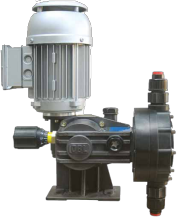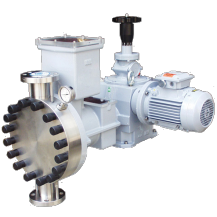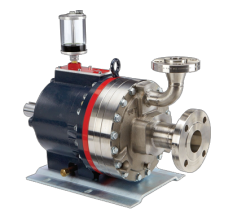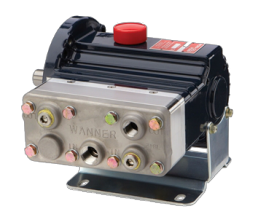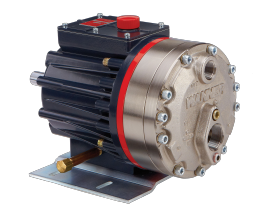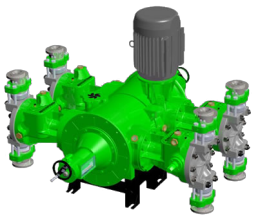How to maintain metering pumps

Routine maintenance:
- Occasionally review the physical operating condition of the pump. It is key to look out for any abnormal
noise, excessive vibration, low flow and pressure output or high temperatures when running constantly at maximum stroke rate. - For optimum performance, valve assemblies should be changed roughly every 4-6 months. It can be said that depending
on the application the frequency of such changes may vary. Actual operating experience is probably the best guide
here. Repeated short-term deterioration of valve seats and balls usually indicates a need to
review the suitability of wetted materials selected for the application. - Check for leakages around fittings or as a result of deteriorating tubing. Take action accordingly in order to correct leaks by tightening
fittings or replacing components. - Keep the pump free of dirt and debris as this can provide insulation and can lead to excessive pump
temperatures. - If the pump has been out of service for an excess of a month, it is important to clean the pump head & valve assemblies by
pumping fresh water for approximately 30 minutes. If the pump does not operate normally after this, replace the cartridge assemblies
General & surface cleaning
It is suggested to regularly perform the following operations:
- If the pump has discontinuous service and pumped fluid tends to coagulate, solidify or crystallise
easily, wash the pump head immediately after each stop - Prevent or eliminate surface deposits of material that can generate scaling
- Remove any accidental presence of corrosive product from the outer surface of the pump
- Ensure that motor ventilation is not impeded and remove any dust or fibres from the fins and the fan cover cap.
Corrosion protection
Exposure to harsh chemicals may potentially put the pump at risk of corrosion or the wear of sealing components. Therefore it is key to Periodically check:
- Protection covers are always mounted
- Operating windows are always properly closed
- There is no oil contamination in the reduction gear that could endanger proper lubrication


